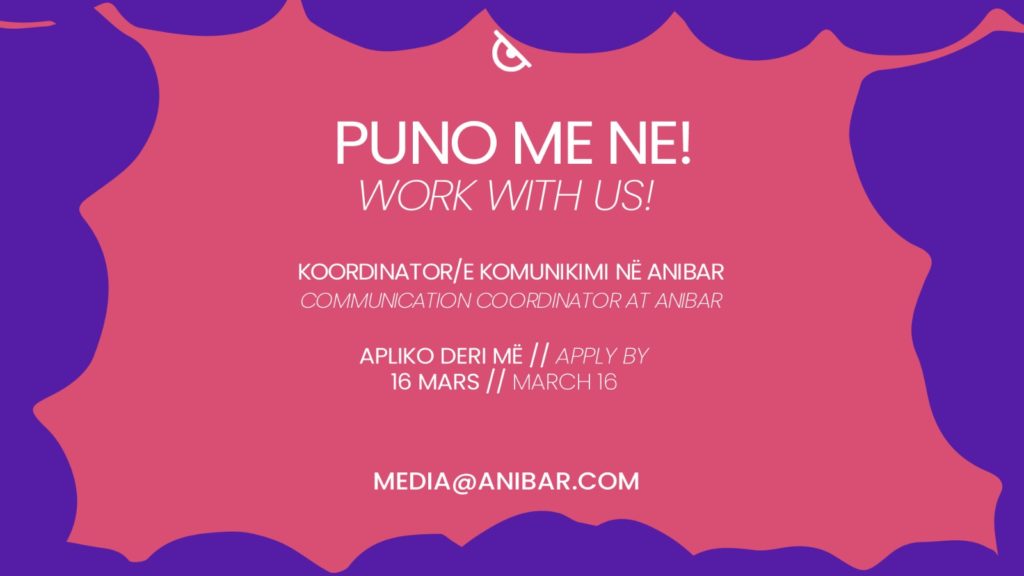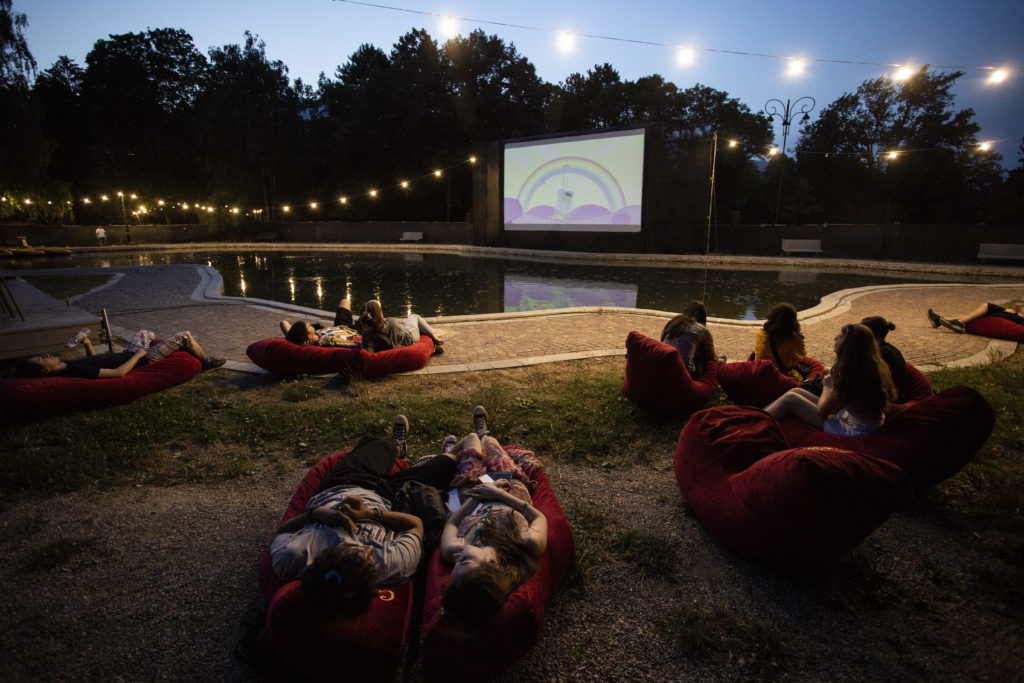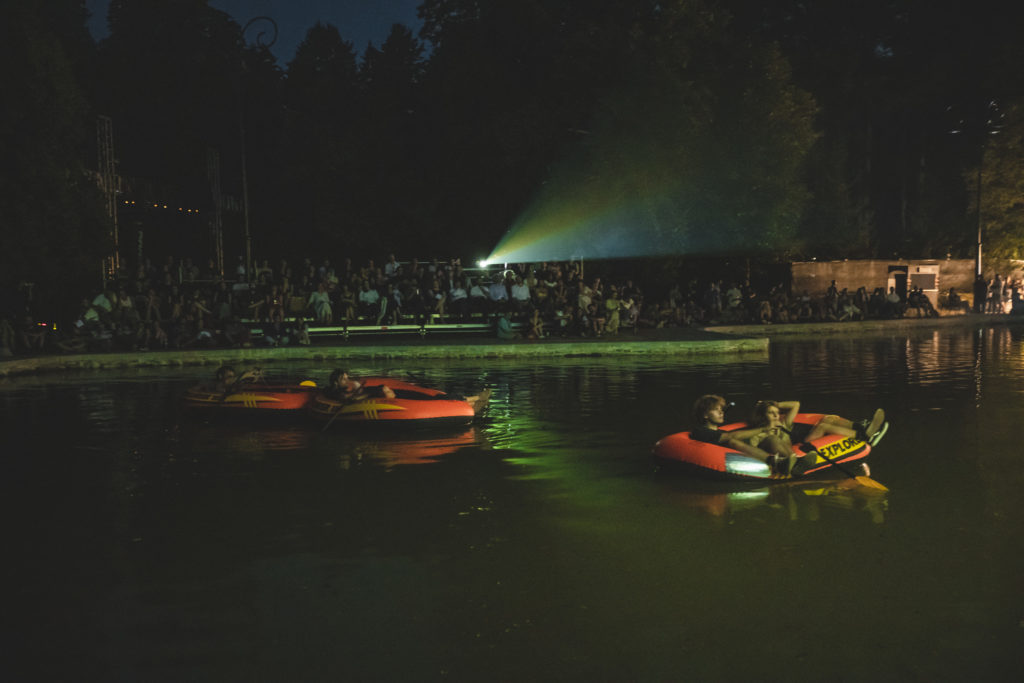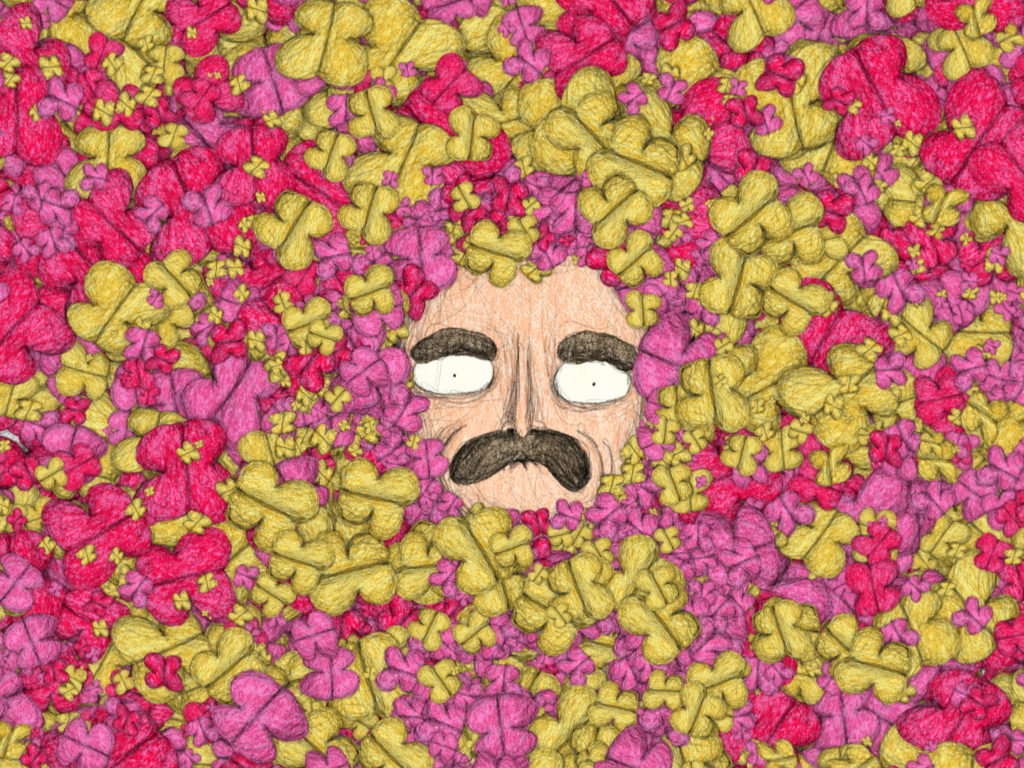Curating Hopes & Fears or the Hopes & Fears of Curating?

Enxhi Noni
As soon as you put your hands on the Anibar Animation Festival program, you might get lost in the midst of the overwhelming possibilities. You can choose to either attend the rich competition screenings, sharpen your curiosity during presentations and discussion panels, master your skills on the workshops, gather insights with animation professionals while having coffee, or just have a great time at the after parties. It may all seem handed on a silver plate, however, organizing the festival requires a certain sparkle of magic. Implicitly, the staff’s efforts are concentrated in transmitting festival’s mission and civic engagement by the choice of films. An important focus is cast on the “out of competition” category, which suggests a different approach to raising cultural awareness for the community.
It all begins by choosing the main theme for the upcoming edition. The key is to find an occurring issue that troubles the whole community – and then to find a way to attract wider attention. Normally, it seems like almost impossible to become aware of an all-embracing concern while using as a starting point local distress. However, this year’s “Hopes & Fears” tackles a never-ending anguish for the years to come, whether it is an internal disturbing feeling or a constant external disappointment with humanity and its actions. On the bright side, hope(s) can be always found.
With that on mind, as Anibar’s Program Coordinator, Arba Hatashi explains, the next step to follow is opening the call for submission. For every submitted film, each artist has the right to choose the category they would like to compete at: International, Student, Animated Music Video, Kids & Teen Animation, Balkan Animation and Animated Feature Film. The submissions are numerous and the selection process is hard, but there is also an unknown category of these films that do not meet festival’s criteria to be selected for competition, yet there is something about them that you cannot just disqualify.
This year’s out of competition category consists of the “Panorama” and “Kids & Teens” program. The first film on the list, Orbit by Tess Martin, is a short from the Netherlands whose author uses drawings to replicate a visual image of the never-ending flow of aura in our planet. Throughout the film, you acquire an understanding of one’s outer and inner world and you feel a gradual energy shift in what’s supposed to be one’s natural cycle. The next one, Swatted by Ismael Joffroy Chandoutis, confronts the risk and struggles of online players and their dangerous addiction, putting one’s life at risk unceasingly. Jonathan Phanhsay-Chams’ Big Boy is a rather comfortable film about creating and growing through change and destruction; when the silence is loud enough, there is always poetry to fill the void. The program’s tone gradually changes with Baillieux’s Le Mans 1955, an animated documentary for what it is known to be one of the most important accidents in the history of motor races. Right after, the audience is introduced with a bittersweet story of Anna Gyulai’s Broken Things, which leaves you with a tingling feeling in your stomach.
Even if at first sight there is no obvious connection between the films, there is a constant rollercoaster of emotions that flows naturally and does not leave you tense or uneasy. It starts to build up in the middle of the program, just to be resolved with the last film’s impression. Hence, there exists a linking method in the program which aims to logically reach one’s emotional, rational and aesthetic side. Therefore, it is not only a question of educating, but also an issue of creating fulfillment and building trust with the audience.





